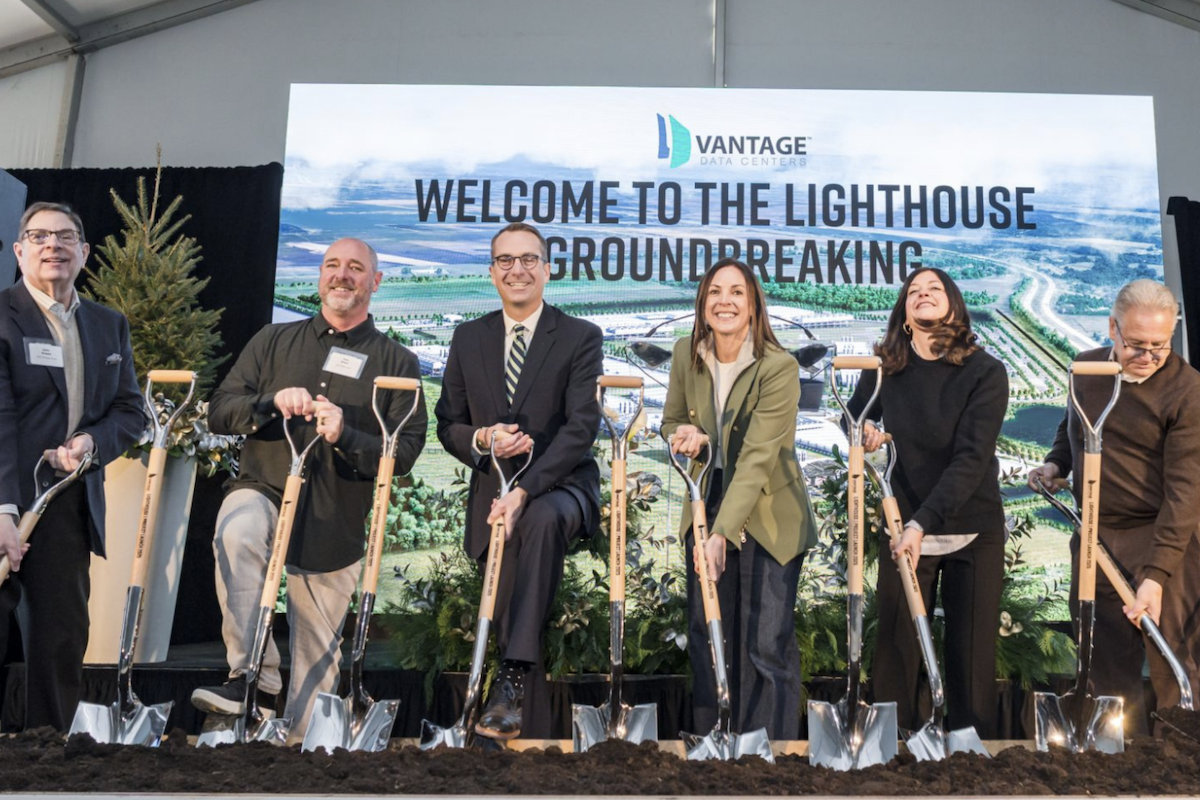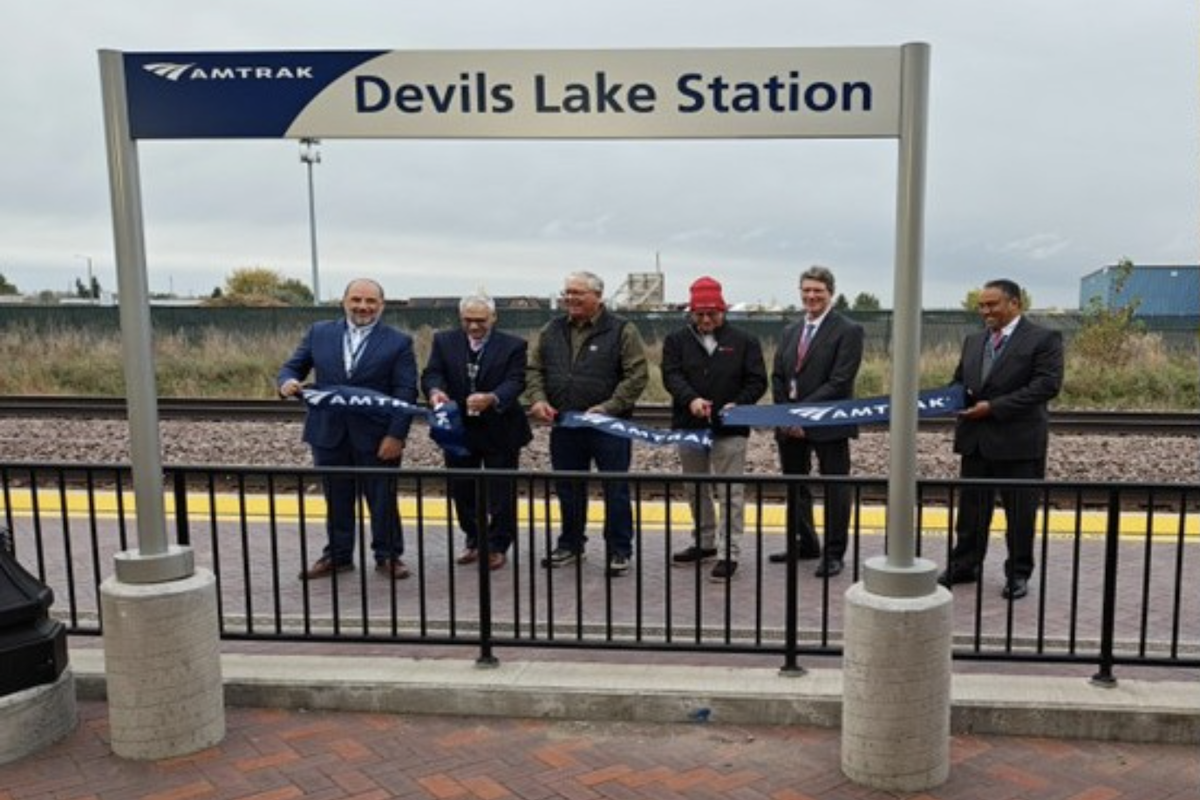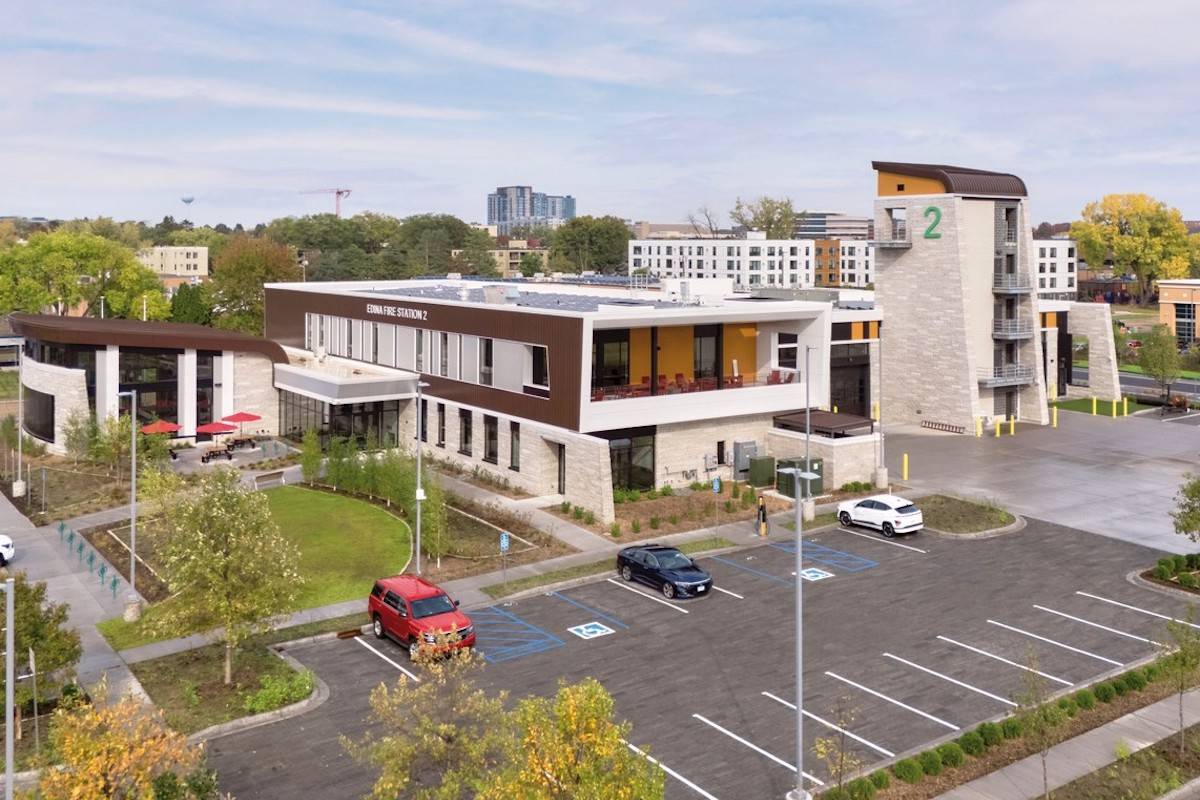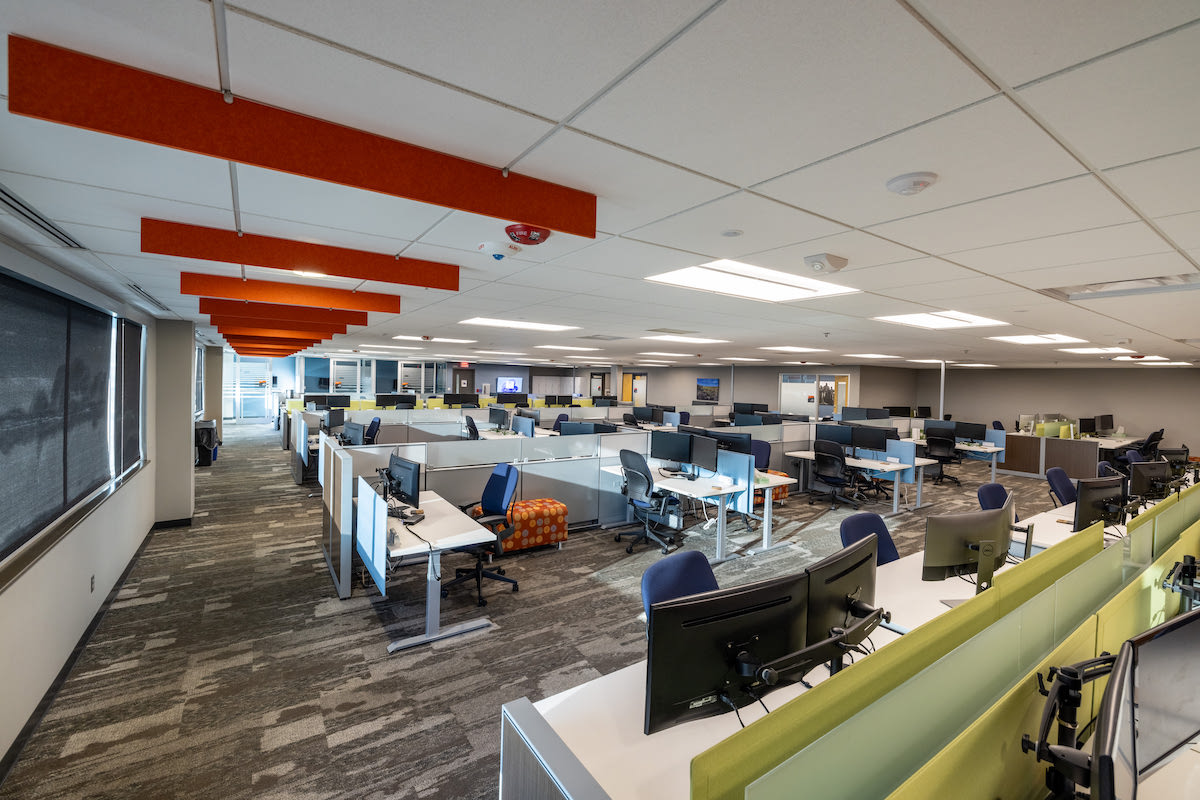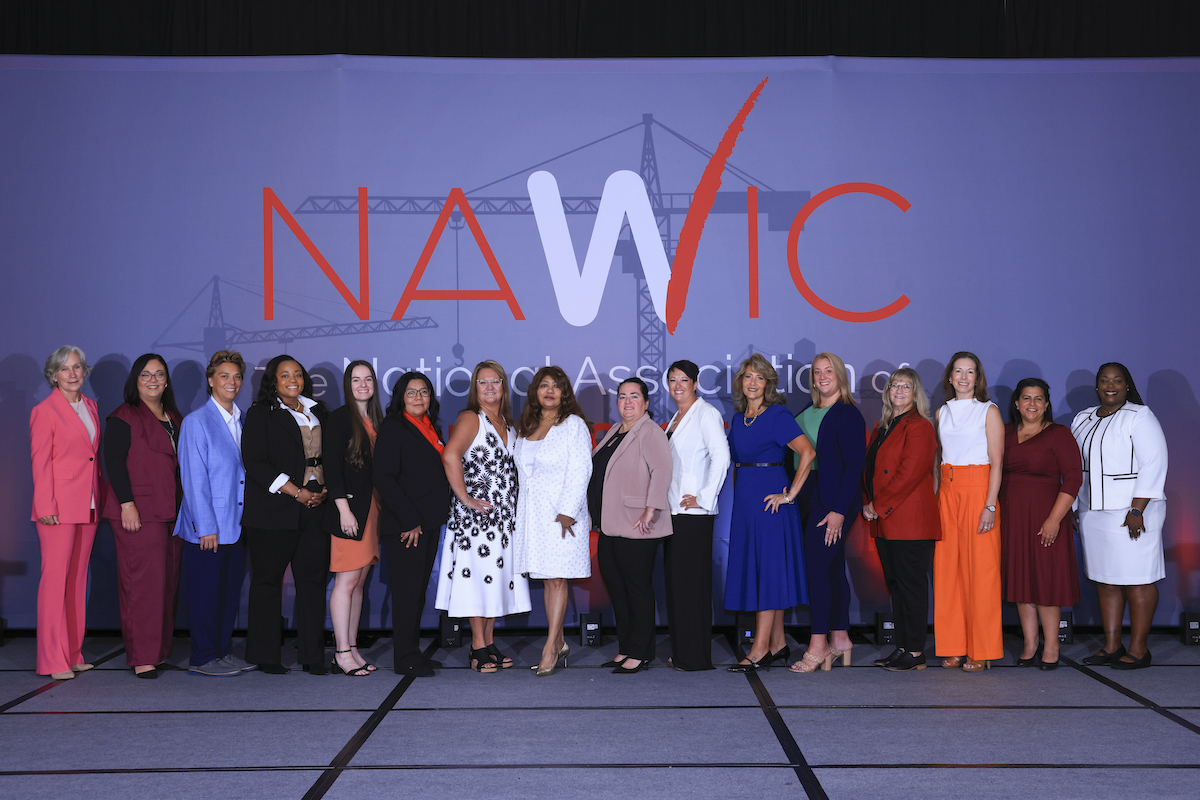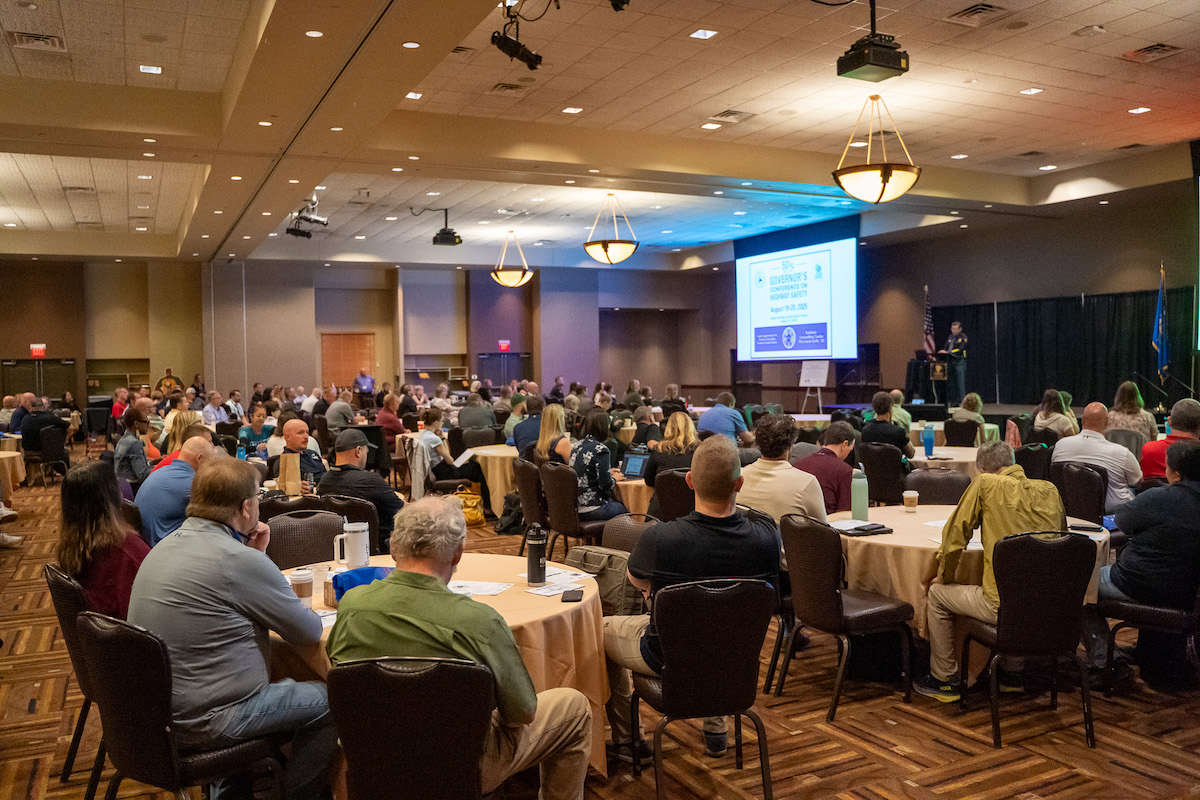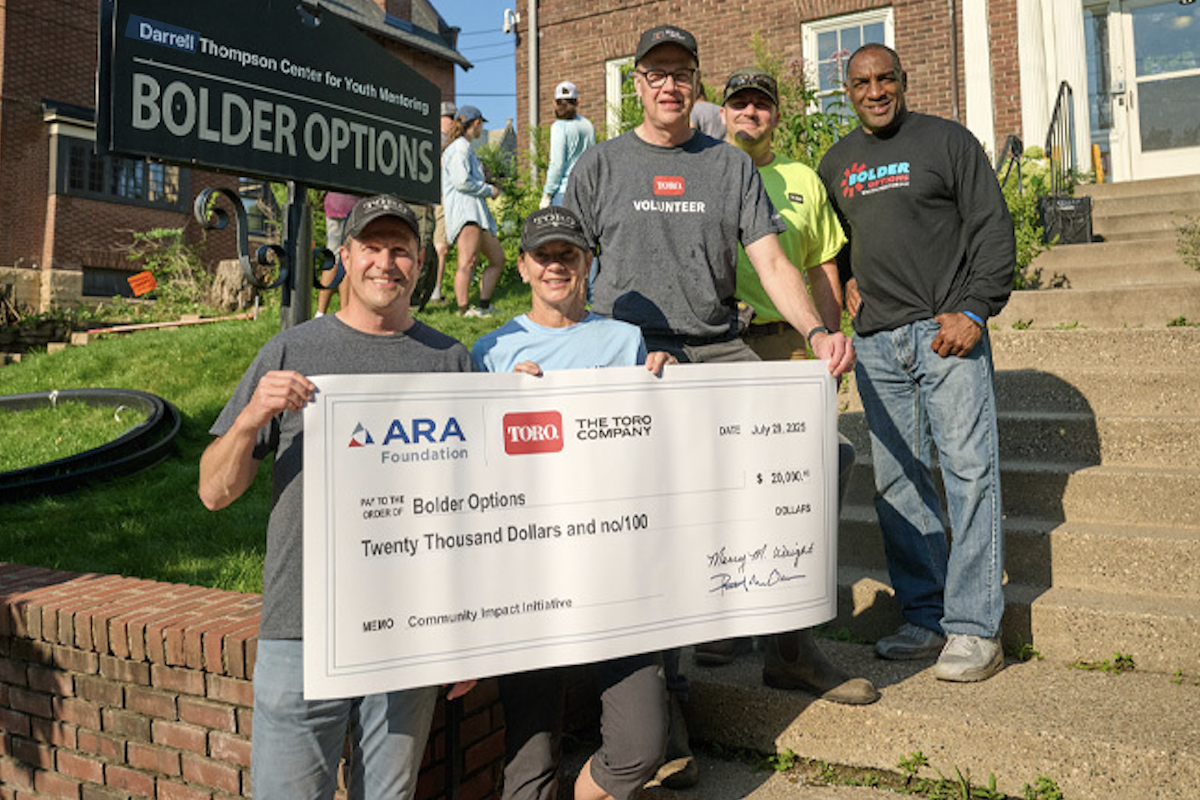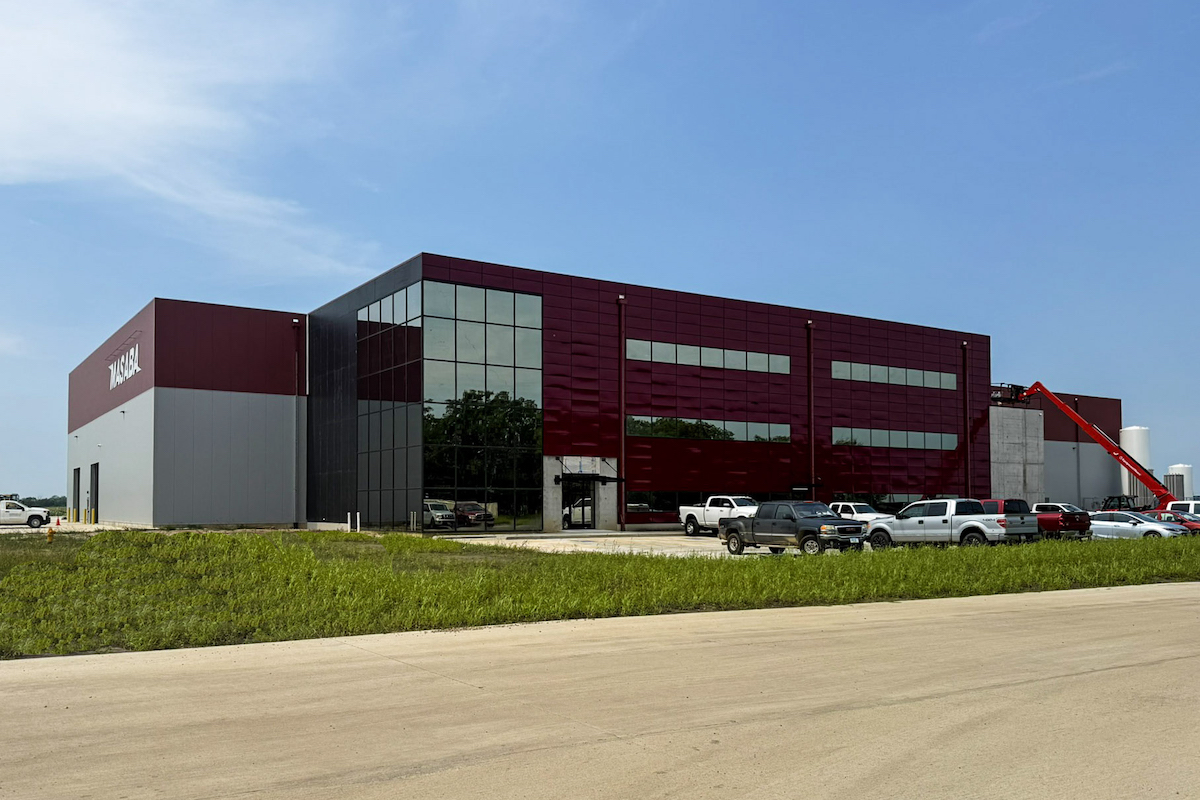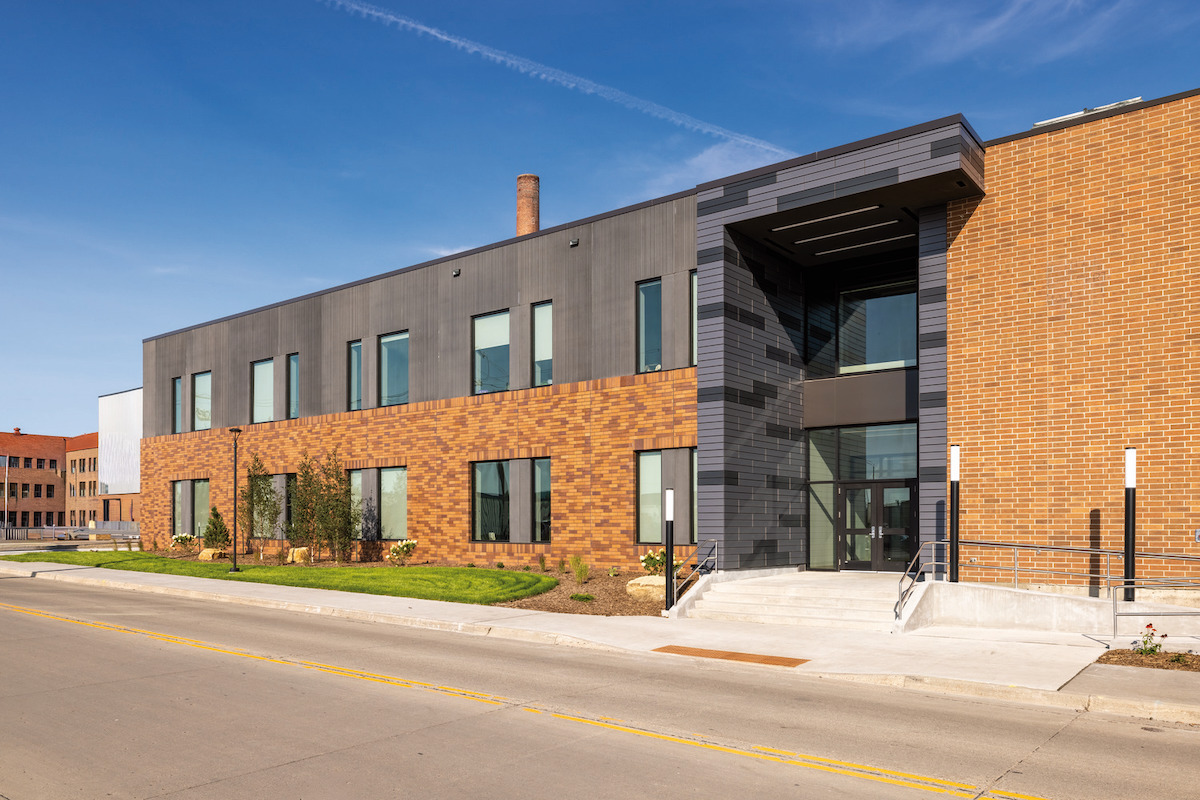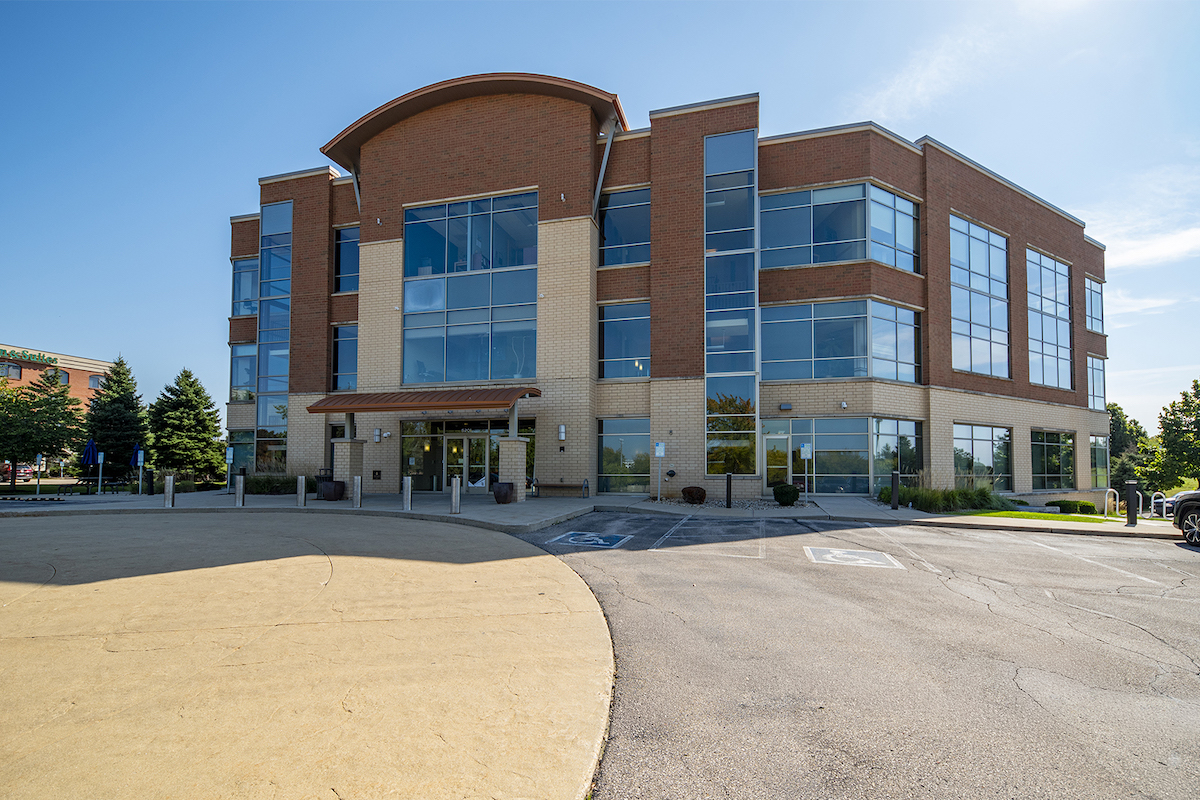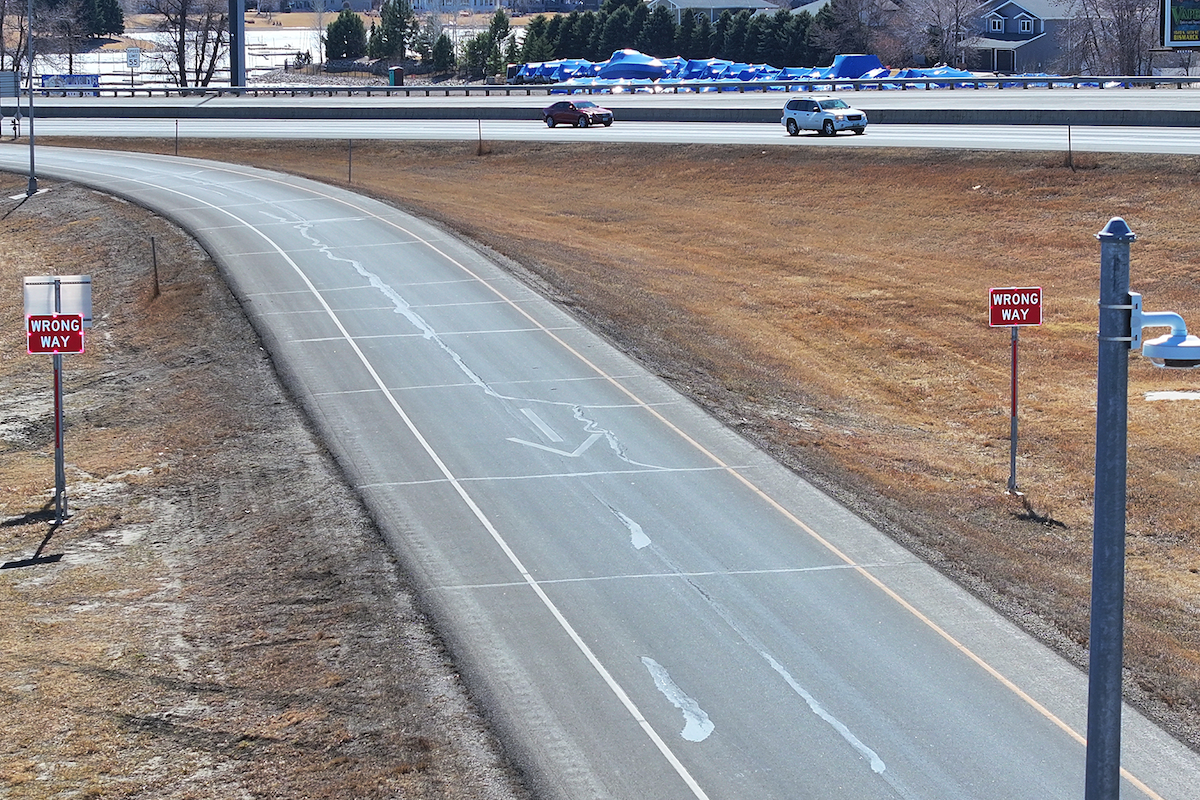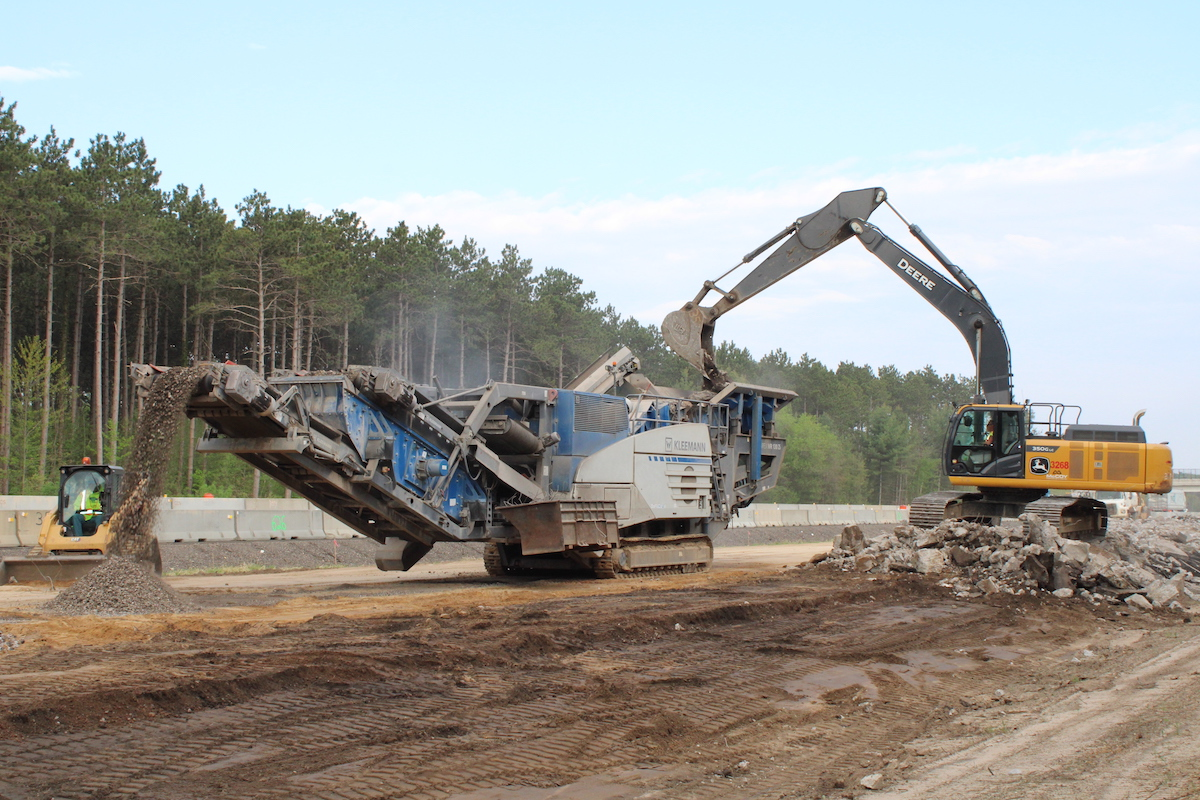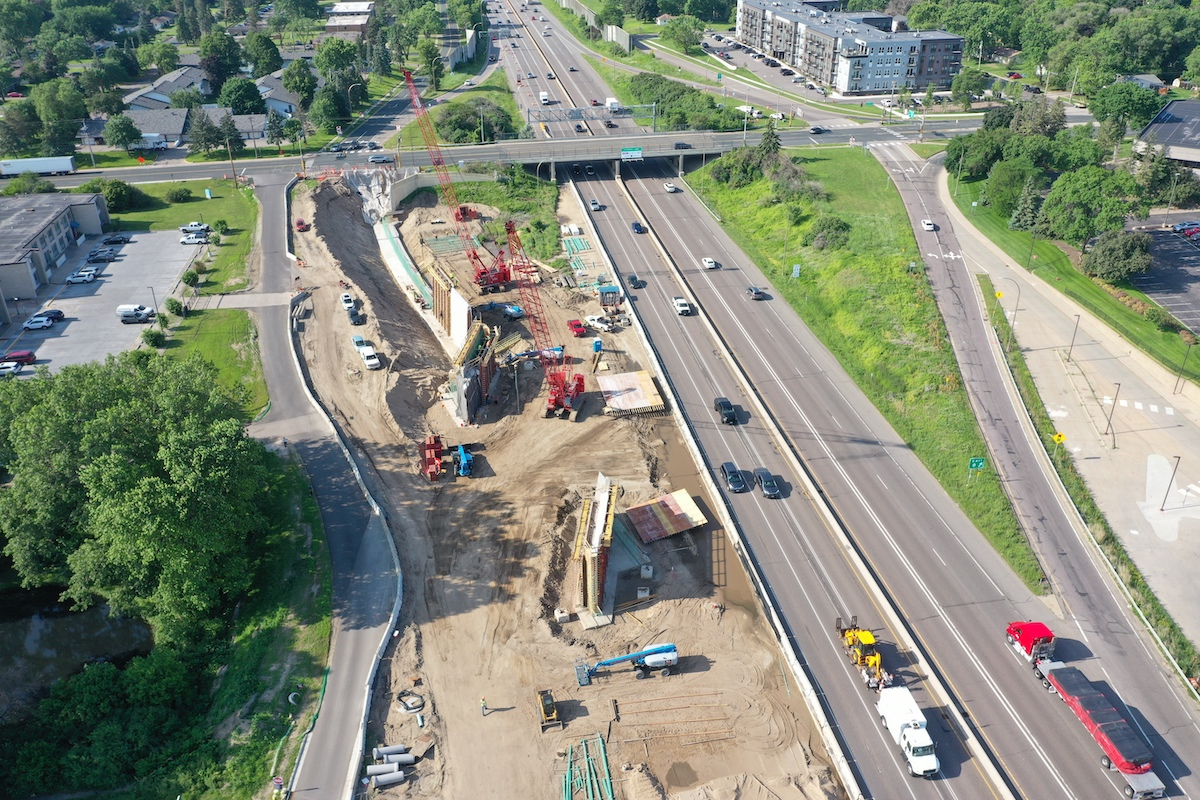Nominated by the Wisconsin Chapter of ASLA, Williams is a national leader in the conservation of cultural landscapes and advancing the role of landscape architects in their planning and design. Throughout her 30-year career, she has developed award-winning design, planning, and stewardship solutions for cultural landscapes at national parks, national historic landmarks, and sites of regional and local importance throughout the United States. Her work has an emphasis on landscapes in the public realm, where she champions appropriate access, recognition, preservation, adaptation, and interpretation of culturally significant sites.
Williams developed the Cultural Landscape Master Plan format and process that integrates thorough documentation and analysis with master planning in a streamlined approach. She also pioneered the integration of National Environmental Policy Act standards and processes into cultural landscape reports. Working with interdisciplinary planning and design teams, she has facilitated the development of inspiring cultural landscape solutions for many large and complex projects, including the environmental assessment and related strategies for the rehabilitation of the Smithsonian Institution’s National Air and Space Museum on the National Mall. Williams lectures extensively, conducts workshops, mentors students, and participates in targeted volunteer activities nationwide.
Williams’ portfolio in master planning and design spans the U.S. and reflects her expertise in enhancing the resilience of sensitive sites, ecological systems, historic properties, and sacred lands. She has guided the development of comprehensive cultural landscape reports for more than 40 national parks and national historic landmarks, working extensively for the National Park Service. Her work to develop a master plan for the Iowa Blood Run Cultural Landscape won a national ASLA Honor Award, and her research for the South Manitou Island Historic Agricultural Landscape Report earned an ASLA National Merit Award.
Other award-winning projects include the cultural landscape report for the Split Rock Lighthouse in Two Harbors, Minnesota, and the rehabilitation of the historic Peirce Mill in Washington, D.C. Williams’ leadership of the cultural landscape report for Historic Fort Snelling in Minnesota established a collaboration with Indigenous Peoples, including tribal scholars and elders, that informed the landscape design and interpretive elements. For the Pullman National Monument in Chicago, she is working with the NPS, the State of Illinois, and nonprofit organizations to create an experience that will help visitors understand the integral role of the landscape in the site’s historic manufacturing operations.

| Your local Link Belt dealer |
|---|
| Hayden-Murphy Equipment Co |
Williams co-chairs the ASLA Leadership Group of the Historic Preservation Professional Practice Network. She is a member of the board of directors of the Alliance for Historic Landscape Preservation, the preservation committee of Taliesin Preservation, Inc., and the National Trust for Historic Preservation. Williams holds a Master of Arts in landscape architecture from the University of Wisconsin-Madison and a Bachelor of Science in landscape architecture from the University of Kentucky, Lexington.
Established in 1984, Quinn Evans provides services in architecture, planning, urban revitalization, and historic preservation, including sustainable preservation and stewardship. The firm has more than 200 professionals in six office locations in Washington, D.C.; Ann Arbor and Detroit, Michigan; Madison, Wisconsin; Baltimore, Maryland; and Richmond, Virginia.

















